The evolution of men’s hairstyles has been remarkable, moving from the classic buzz cut to the trendy man bun that is popular today. Over the years, men’s hairstyles have undergone numerous transformations, reflecting the changing social and cultural trends. In this article, we will delve into the history of men’s hairstyles, from the buzz cut to the man bun, and examine how they have reflected societal perceptions of masculinity.
1950’s and the Buzz Cut
In the 1950s, the buzz cut was a prevalent men’s hairstyle. It was a simple and practical style that was easy to maintain and required minimal effort to style. It was also popular among military personnel who had to keep their hair short for practical reasons. The buzz cut was viewed as a symbol of masculinity and toughness, representing the attitudes of the era.
1960’s the Beat Culture
The 1960s brought about a revolution in men’s hairstyles. The Beatles’ long hair became a trend, and many young men began growing their hair longer, a rebellion against conservative values and a reflection of the emerging counterculture movement. Long hair symbolized freedom and individuality, and it became popular among young men who wanted to express themselves differently.
1970’s the Disco
The 1970s witnessed a continuation of the evolution of men’s hairstyles. The disco era brought about voluminous, curly hair and excessive use of hairspray. It was a period when men’s fashion became flamboyant, and hairstyles were no exception. The feathered hairstyle, popularized by John Travolta, was a trend that symbolized confidence and sex appeal.
1980’s the Rebels
The 1980s saw the rise of the mullet, a style that involved short hair on the top and long hair at the back. The mullet was popular among musicians like Billy Ray Cyrus and symbolized rebellion and nonconformity. Working-class men also embraced this practical and easy-to-maintain hairstyle.
1990’s the Rock
The 1990s ushered in a more subdued era of men’s hairstyles, reflecting the grunge and alternative music scene of the time. Short hair, messy styles, and the undercut became popular, representing a rejection of the flamboyant styles of the 1980s. The man bun also began to emerge as a trend, although it wasn’t as popular as it is today.
2000’s the Edge
The 2000s brought about the metrosexual trend, characterized by well-groomed and sophisticated styles influenced by European fashion. The faux-hawk, a style that entailed shaving the sides of the head and leaving a strip of hair on the top, became popular among young men who sought a modern and edgy style.
Modernity and beyond
Currently, the man bun is one of the most popular men’s hairstyles. It involves tying the hair in a knot at the back of the head and has become a trendy and stylish look among young men. The man bun reflects a shifting attitude towards masculinity, as it embodies both masculinity and fashion.
The past provides numerous examples that can serve as inspiration for our hairstyles. Some people get inspiration from wild places, and some people use icons like Prince Royce and David Bowie to show a connection between race and queer culture. The possibilities for creativity are endless, and there is still much room to explore.Men’s hairstyles have undergone significant changes over the years, reflecting the changing societal attitudes towards masculinity.
Each hairstyle has had its unique meaning and significance, from the buzz cut to the man bun. Today, men’s hairstyles are diverse, representing the shifting attitudes and values of society. There is a style to suit every man’s taste and personality, whether a simple buzz cut or a trendy man bun.




